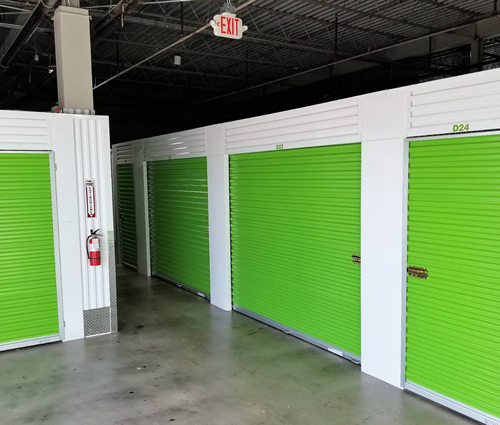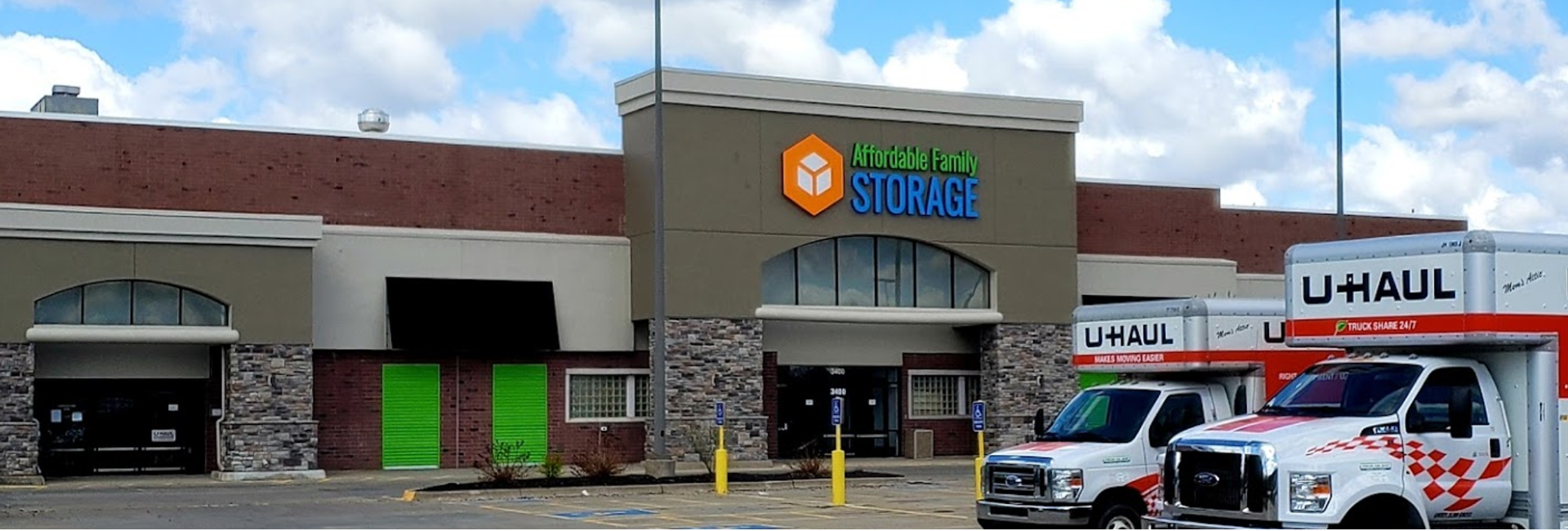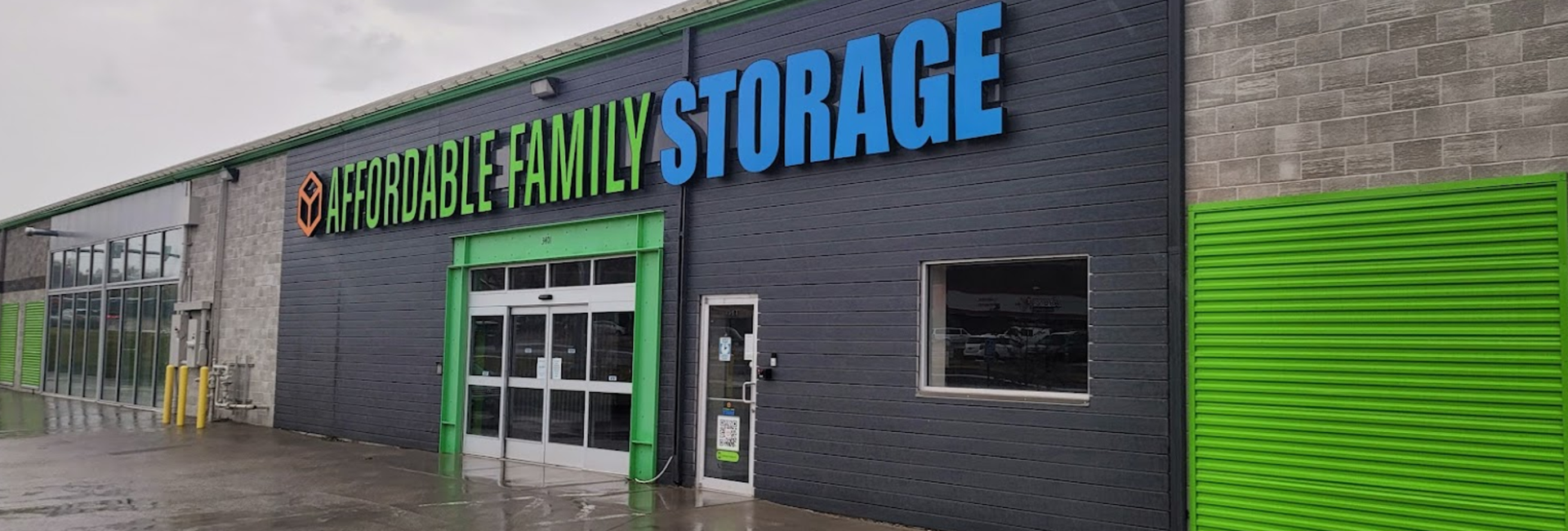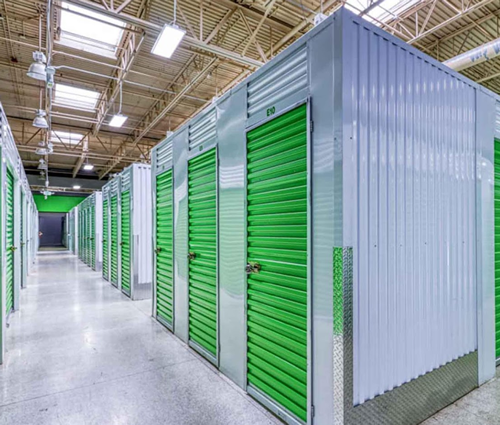What Newcomers to Muncie, Indiana Really Want to Know
Muncie Indiana at a Glance
Thinking about a fresh start in a genuine college town with small-city convenience and real affordability? Muncie might be your move. It is home to Ball State University, a busy local arts scene, and neighborhoods where your money still goes further for housing than the national average. If you are comparing budgets, commute times, and everyday costs, this guide breaks down the numbers and shows how torage facilities in muncie indiana can smooth the transition.
Muncie sits in east-central Indiana about an hour from Indianapolis. It blends campus energy with quiet residential streets. Typical home values remain well below national levels, rents are moderate, and utilities are manageable. The local economy ties closely to education, healthcare, logistics, and manufacturing, which provides a stable base and steady churn of students and professionals. Zillow’s latest read puts Muncie’s typical home value around the upper one-hundreds, while the national figure hovers in the mid three-hundreds. That gap is a big reason new residents take a hard look here.
Renting versus owning in Muncie, Indiana
If you are renting first, you will want ballpark figures. Fair Market Rent for a two-bedroom in the Muncie metro is $952 a month for 2024. Studios and one-bedrooms trend lower, and three or four bedrooms trend higher. Year over year, the two-bedroom estimate climbed about twelve percent, so plan for modest rent pressure if you are hunting in popular neighborhoods near campus.
How does that compare nationally? The U.S. Census Bureau reports the median monthly housing cost for renters rose to about $1,406 in 2023, and other national snapshots put 2024 figures around the low to mid one-thousands depending on methodology. In short, Muncie’s rent level sits below typical national medians, and that leaves more room in the budget for moving costs, furnishings, and a storage unit while you settle in.
If you are thinking of buying, Muncie stands out. Zillow shows a typical home value of about $148,000 as of late 2025, while the national typical value sits near $364,000. That is the affordability headline in one line. Buyers who were priced out elsewhere can often get a yard, a garage, and an extra bedroom here without stretching.
Homeownership patterns also look different at the local level. Within Muncie city limits, the homeownership rate is roughly 51.5 percent. Nationally, it is about 65 percent. The lower city rate reflects the student population and the mix of rentals near campus, not a weak ownership market. You will find higher ownership shares the farther you get from the university core.
Cost of living and why Muncie feels affordable
Housing is the primary reason people call Muncie affordable. Several national cost-of-living calculators and city comparison tools show total living costs below or roughly in line with U.S. averages, with the biggest savings coming from housing. One widely used index places Muncie’s overall cost of living well below the U.S. baseline, while others note that while housing is much cheaper, some categories like utilities can run a touch higher than average. Different methodologies produce slightly different totals, but the direction is consistent. Housing does the heavy lifting in your favor.
Housing market trends you can feel on the ground
National home values have flattened in 2025 after several volatile years. The Midwest in particular has seen steadier appreciation than many Sunbelt metros, and Muncie fits that pattern. Zillow’s local index shows a five percent year-over-year rise, which is healthy without being frothy. For buyers, that means homes still move, but bidding wars are less common than in the 2021 sprint. For renters, stable appreciation supports continued investment in small multifamily properties and single-family rentals.
On the ownership side, keep an eye on monthly costs. Nationwide, the Census Bureau reports median owner costs with a mortgage rose to $2,035 in 2024. Muncie’s lower purchase prices help keep that burden in check for local buyers, especially if you bring equity from a sale in a pricier market. Lenders are still watching debt-to-income ratios closely, so it pays to tidy your credit and compare quotes from multiple lenders before you shop.
What makes Muncie more or less expensive than average
Housing supply.
Muncie’s typical home values are far below the U.S. average, which instantly lowers the cost of owning or renting. Even after recent price gains, that affordability gap remains large.
Student demand.
Ball State University brings a steady flow of renters, which supports a healthy inventory of apartments and single-family rentals. That can nudge rents up near campus during peak move-in seasons. If you want quiet and a driveway, look a bit beyond the student core. If you want to walk to class or shows at Emens Auditorium, you will pay a small convenience premium.
Utilities and transportation.
Electricity rates have drifted up across the country, Indiana included. The uptick is manageable, but you will notice it in summer if you run the air conditioning hard. Transportation costs stay reasonable thanks to short average commutes and a road network without big-city tolls. Budget a little extra for winter tires if you are new to Midwestern winters.
The move-in plan that lowers stress
Most newcomers take a month or two to land the right place. If you are arriving before your lease starts or you are timing a closing, a short-term unit can save your furniture and your sanity. That is where torage facilities in muncie indiana come in. Affordable Family Storage offers clean, drive-up units and climate-controlled options that protect wood furniture, instruments, and electronics from humidity swings. If you are renting first, consider a slightly smaller apartment and keep seasonal gear or bikes in storage to cut monthly rent.
Here is a simple three-step checklist that works for most movers.
- Start with a rent-versus-own worksheet that uses local numbers. Compare a two-bedroom rent around the HUD estimate to a realistic mortgage payment on a typical Muncie home. If you are close to break-even, factor in maintenance and the tax picture.
- Book your storage unit before peak turnover. University calendars push a lot of leases to July and August. Reserving early locks your preferred size and location and helps you stage a gradual move instead of a single stressful weekend.
- Layer in two weekends. Use the first to move the non-essentials into storage, pick up keys, and clean. Use the second for furniture and the items you kept with you. The staggered approach cuts truck time and last-minute chaos.
Neighborhood feel and everyday life
Close to campus you will find lively streets, coffee shops, and bike-friendly routes. North and east of downtown, the vibe turns residential with parks and quieter blocks. Commute times are short, often under twenty minutes, which makes it easy to say yes to a job across town without adding a long drive. If you are coming from a metro with hour-plus commutes, that change alone can improve quality of life. Local data sources peg Muncie’s average commute under the national figure, which is one of those invisible perks you only appreciate after a month here.
How Muncie stacks up to the U.S.
- Home values. About $148,000 locally versus roughly $364,000 nationally. That gap explains why first-time buyers and remote workers put Muncie on shortlists. Zillow
- Homeownership. Roughly 51.5 percent in the city versus about 65 percent in national readings. The student footprint tilts the local share toward renting, but ownership opportunities abound in family neighborhoods just beyond campus. Data USA
- Rent. Local two-bedroom HUD fair market rent sits just under a thousand dollars. National summaries show typical monthly rent costs for renters in the low one-thousands. That places Muncie on the affordable side of the rent ledger. RentData
- Cost of living. Broadly below the U.S. average on respected indexes because of housing. Some categories, like utilities in certain months, can be near or slightly above national baselines. Plan accordingly as you sketch your first-year budget. BestPlaces
Advice for Visiting and Moving
Visit during the week to test drive your commute and grocery runs. Talk to neighbors on your target block in the evening when people are out with dogs or kids. If you have a remote role, try a coffee shop near campus for a few hours to feel the energy.
If your timing does not line up perfectly, Affordable Family Storage can hold your stuff while you shop neighborhoods with a clear head. Check out our facility or Call Us Today at (765) 275-9267.






